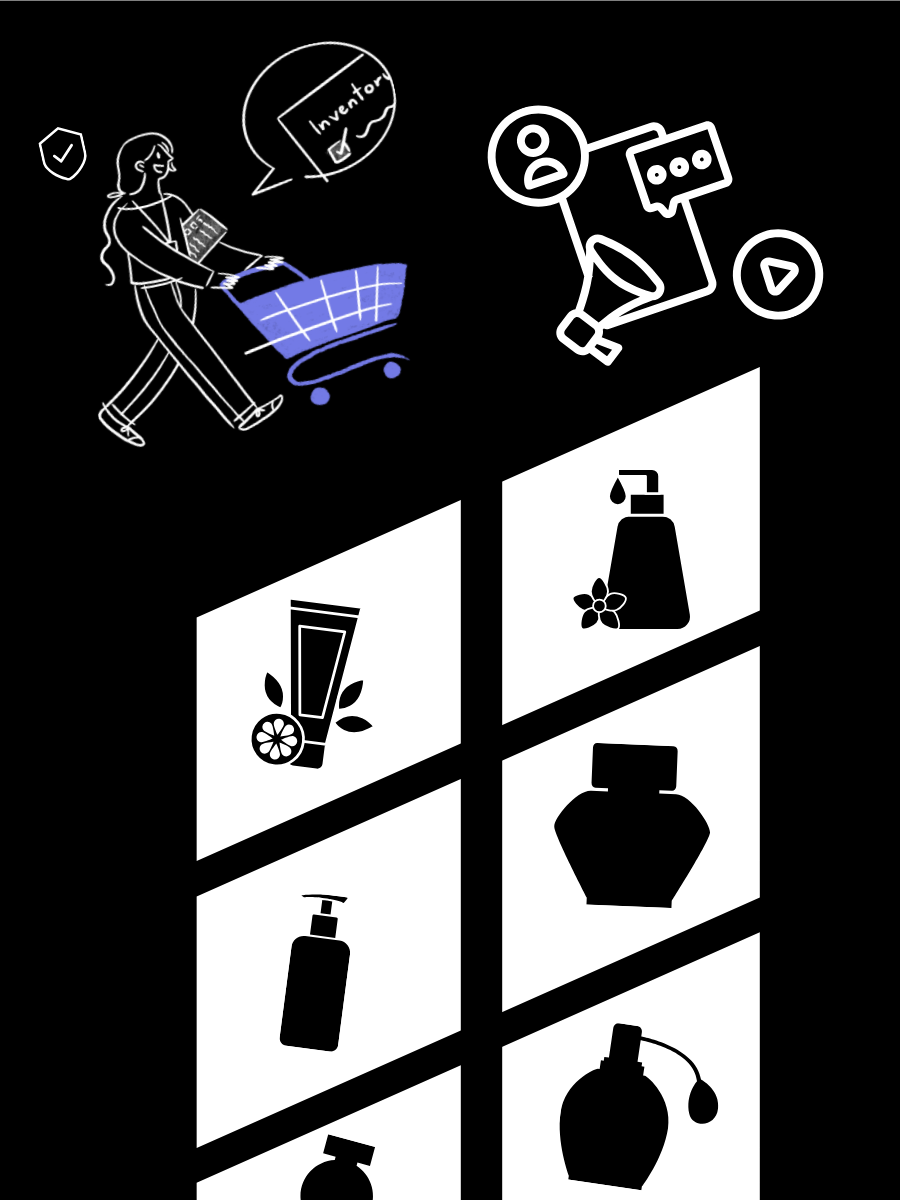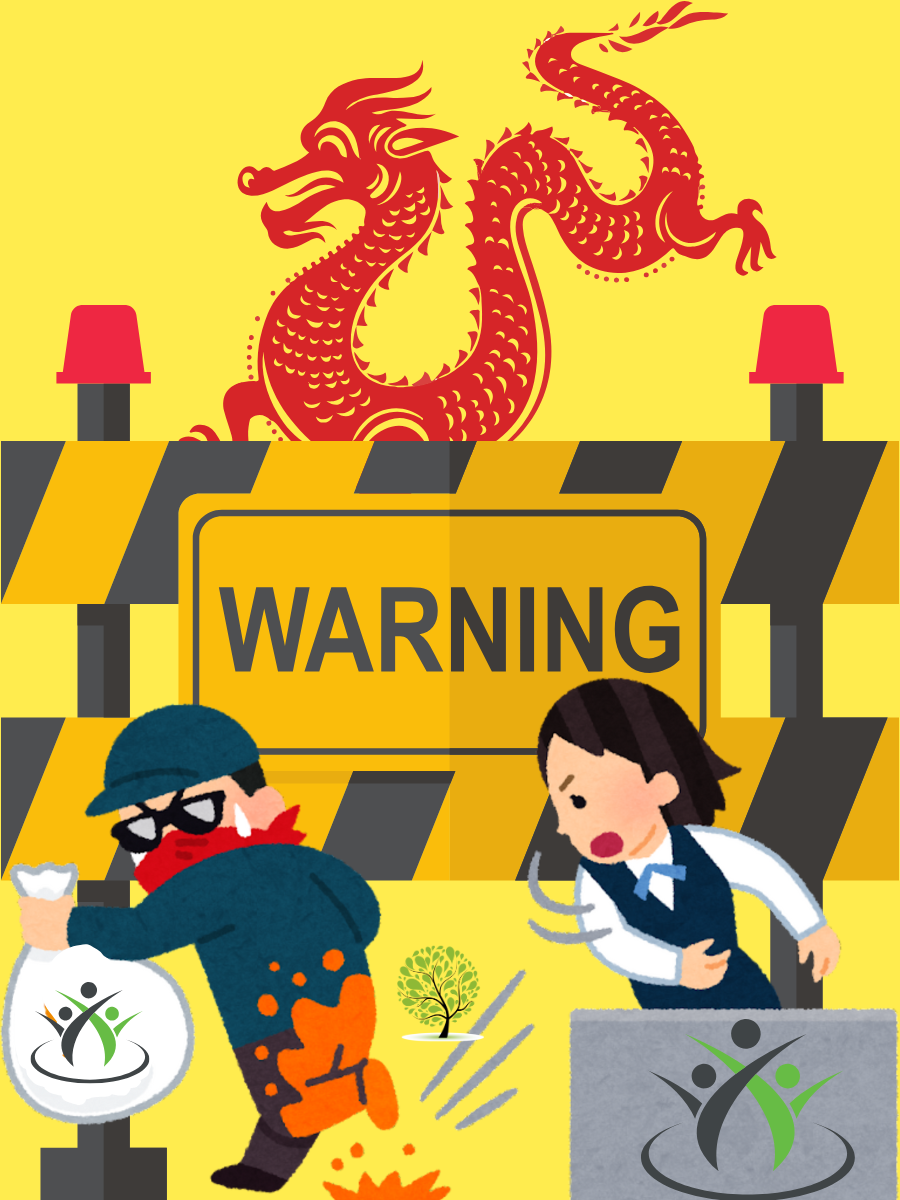Introduction
Innovation drives progress but not every breakthrough is treated equally under the law. The patentability of inventions vs discoveries is a puzzle that has confused many. A “patent” is a type of intellectual property right (IPR) that allows an inventor or assignee to exclude others from making, using, selling, or importing an invention for a set period, typically 20 years. While patents reward human creativity and technical problem-solving, they draw a sharp legal line between what’s invented and what’s merely found.
Consider this: Alexander Fleming’s discovery of penicillin revolutionized medicine but wasn’t patentable. Meanwhile, Thomas Edison’s electric bulb invention ticked all the legal boxes. Courts have upheld this distinction repeatedly. For example, in Association for Molecular Pathology v. Myriad Genetics (2013), the U.S. Supreme Court ruled that naturally occurring genes cannot be patented. In this blog, we unravel the patent puzzle exploring why inventions qualify for legal protection while discoveries do not through case law, international frameworks, and practical illustrations.
Meaning of Patent
A patent is a government-granted privilege giving an individual or enterprise exclusive rights to an invention or practical use of technology. This means no one else can make, use, sell, or distribute the invention for a set period usually 20 years without the creator’s permission.
India and Patents
In India, the Patent Act of 1970 governs patents, while international patent laws are defined by the World Intellectual Property Organization (WIPO) and the TRIPS agreement under the World Trade Organization (WTO). In the process of granting patents, the aim of the government is not limited to the promotion of innovation. It is the innovator who receives the right to protect the ideas and make money from them, thus promoting further research and development. The system was used, for instance, by Pfizer and Modern for their invention of the COVID-19 vaccine, by which they covered the cost of development and continued to be innovative.
The issue did not arise when the importance of the COVID-19 vaccine was understood. Rather, it is a long-run play with the aim of the continuous invention of the virus. It is the company that can sustain the needed finance and also make it possible for a future drug that will kill the virus, but would not.
For any technology to be protected through a patent, the invention must fulfil the following essential criteria:
- The invention must not be already known. It must be a new and original creation;
- The inventive step must be non-obvious and is not easily predictable for a person skilled in this field;
- It is necessary to have industrial or commercial use for the invention.
- The invention should not be obvious to a person skilled in the sector, and it has industrial or commercial utility (the English term is applicability).
Violation of any of these conditions means that the patent application may be refused.
Patentability of Inventions v. Discovery
An invention is the creation of a durable and useful product by a person who combines skill, original ideas, and effort to achieve something new. It is a device, system, or process offering a novel solution to an existing problem. Examples include smartphones, washing machines, and light bulbs innovative tools designed to address practical needs.
A discovery involves finding something in the natural world that already existed but was previously unknown. Classic examples include Newton’s law of gravity and Watson and Crick’s discovery of DNA structure both deepened understanding of existing natural phenomena rather than creating new materials.
This is the exact point at which patent law is concerned. Discoveries do not have the potential to be patented because they will not pass the “inventive step” test. They are not human inventions, and hence are not industrially applicable. For instance, if one finds an unaccounted place on a map, they can’t possibly argue that they have created it; in fact, they’ve just found it. However, if you build a bridge to be able to reach that island, the bridge (being an artificial structure) is certainly patentable.
Even though inventions and discoveries are equally important for science, only inventions are granted legal protection through patent law.
Legal Standpoint on Non-Patentable Discoveries
An invention is something that a human, through skill, creativity, and hard work, brings into existence. It creates something new that didn’t exist before. Inventors create inventions like the smartphone, washing machine, and electric bulb by innovatively combining different elements to solve practical problems.
On the other hand, a discovery involves finding something that already exists in nature but was previously unknown. For example, the major scientific discoveries of Newton’s law of gravity and Watson and Crick’s discovery of the DNA structure involved no creation out of new materials science but rather an enhancement of knowledge about what already existed.
This is where patent law draws the line. Discoveries cannot be patented because they fail the “inventive step” test. They are not human inventions, and often lack industrial applicability. A simple example: if you discover a previously hidden island, you cannot claim to have created it; you just found it. But if you construct a bridge to reach that island, the bridge (being an artificial construction) is patentable.
Inventions and discoveries are both crucial to science, but only inventions receive legal protection under patent law.
Concerning Europe, also the law is straightforward: under the European Patent Convention, there is no patent protection for discoveries, scientific theories and mathematical methods.
Such laws ensure that no one can own something that already exists in nature, up to even the first discovery. A person may patent a discovery only when they create something new and useful from it.
Grey Area: When Discoveries Become Patentable
Discoveries in isolation are not patentable. However, discoveries can indirectly lead to patentable inventions. The key distinction lies in whether the discovery is practically applied. For example, using a natural principle or scientific fact in a novel, non-obvious, and industrially applicable way qualifies as an invention. While research on how insulin works is a discovery, a new method or device to produce or deliver insulin can be patented due to human innovation and industrial application.
The discussion above is the situation where the difference between discovery and invention is not that distinct. Simply, the finding of anything novel is a patent if it is merely the description of something that already exists. However, when new knowledge is used to create a product, machine, or process that solves a problem or adds value, it becomes an invention. The leap from the invention to the application is what makes the discovery acquire legal protection under the patent law.
Conclusion
Patents protect the human creation of objects and ideas, rather than mere observations of things that exist naturally and independently. Patent laws protect inventions, machines, gadgets, and processes but not discoveries like gravity or natural elements. This legal distinction is crucial because it prevents exclusive claims on natural knowledge while encouraging innovation built upon it.
A system granting patents only to truly novel discoveries pushes scientists, engineers, and entrepreneurs to innovate and serve the community. As science advances in genetics, AI, and biotechnology, the urgent question arises: should patent laws evolve accordingly? The future of intellectual property depends on balancing innovation protection with access to natural knowledge.
References
- https://www.law.cornell.edu/constitution-conan/article-1/section-8/clause-8/patentable-discoveries
- https://blog.ipleaders.in/the-difference-between-discovery-and-invention-according-to-the-patents-act/
- https://www.epo.org/en/new-to-patents/is-it-patentable
- https://constitution.congress.gov/browse/essay/artI-S8-C8-4-1/ALDE_00013066/
- https://law.vanderbilt.edu/the-rules-of-invention-do-not-reflect-the-realities-of-the-inventive-process-heres-how-to-fix-it/
- https://phys.org/news/2024-03-realities.html
- https://www.science.org/content/article/intellectual-property-introduction-patents
- http://www.laits.utexas.edu/~anorman/long.extra/DII.paper/D&I.html







